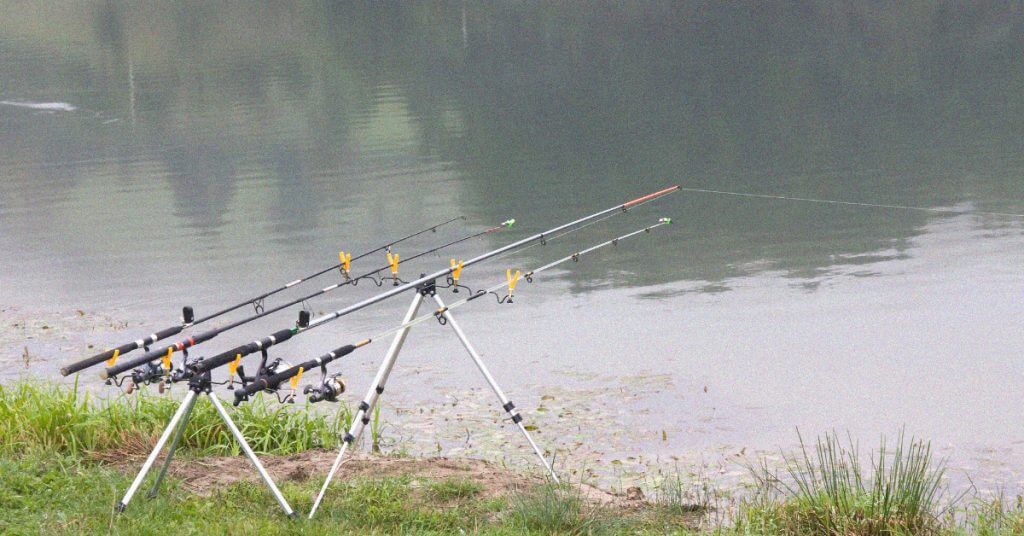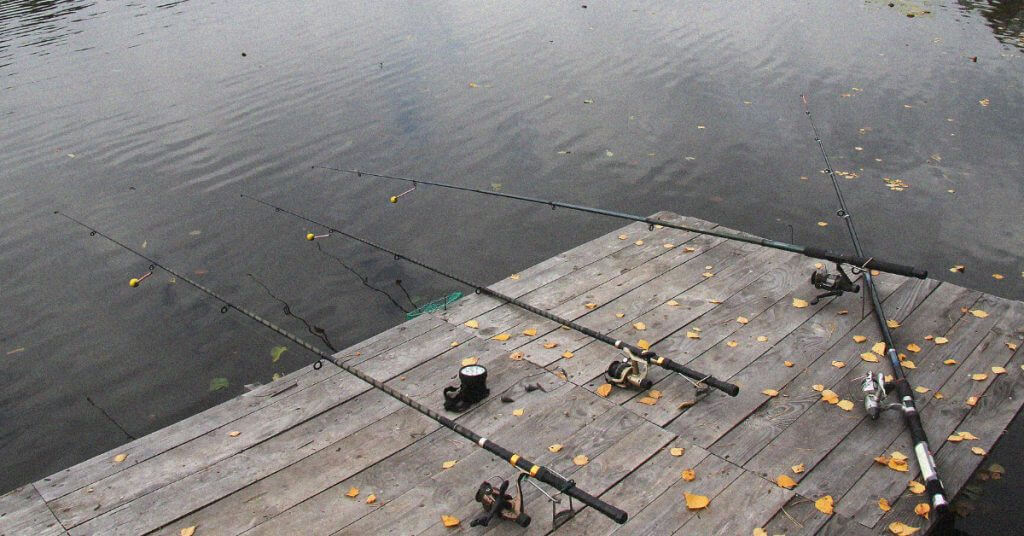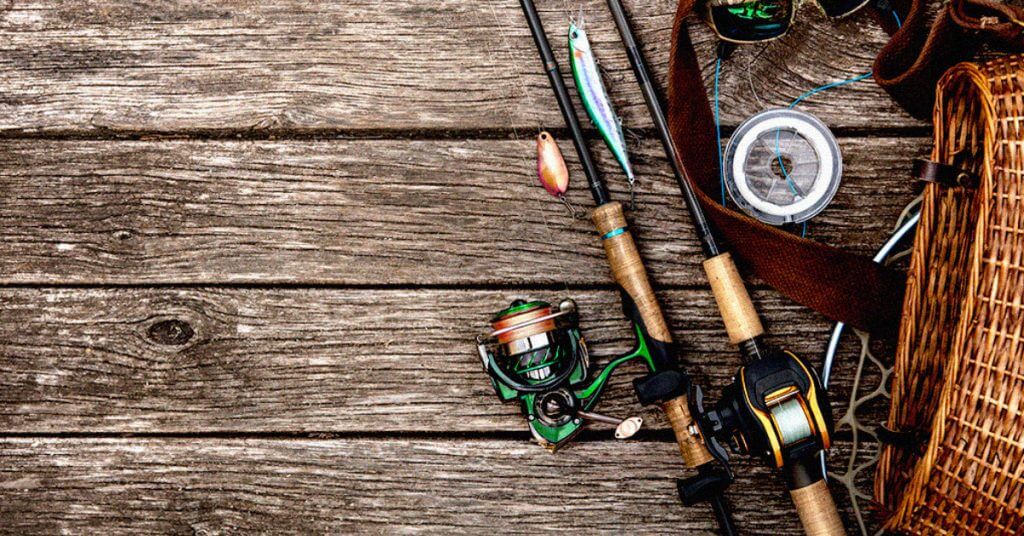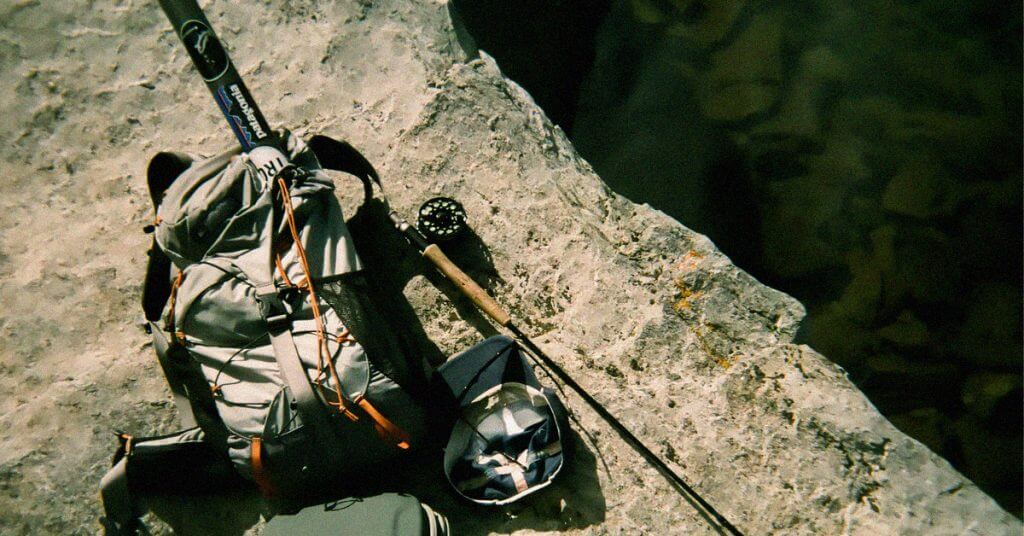After testing over 25 rods during a week-long session at Old Egg Farm Lake, 6 models proved themselves worthy for everything from flipping to finessing. Here’s what my hands-on testing revealed about each one.
Last updated: January 15th, 2024
- Best Overall: 13 Fishing Envy lll Casting Rod
- Best Tournament Grade: G. Loomis IMX-Pro Bass Casting Rod
- Best Budget: Abu Garcia Vengeance Casting Rod
- Best for Heavy Cover: Cashion ICON Casting Rod
- Best Saltwater: St. Croix Victory Casting Rod
- Best Rod and Reel Combo: Abu Garcia Revo X
- Methodology
- How to Choose a Jigging Rod
- Final Thoughts
Best Overall: 13 Fishing Envy lll Casting Rod
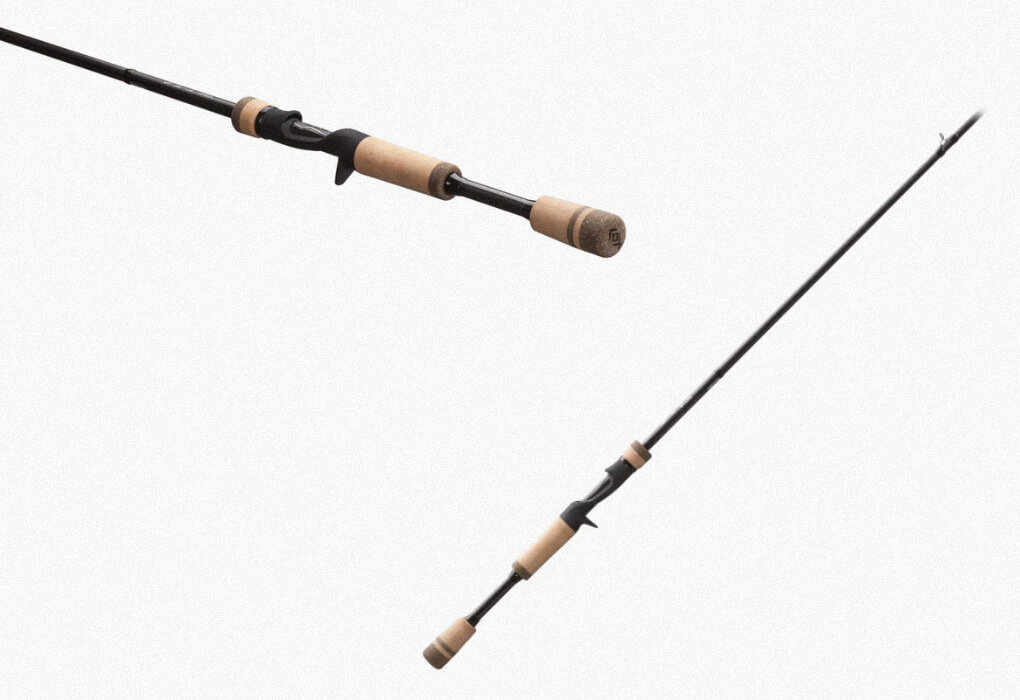
Specs
Pros
Cons
Why I Chose It
If I could only take one jigging rod with me for the rest of my life, I’d grab the 13 Fishing Envy III. Let me explain why it’s worth every penny.
In my experience, a jig rod needs to excel at three things: sensitivity for feeling those subtle bites, strength for setting hooks, and comfort for those long days on the water. The 13 Fishing Envy III nails all three.
During my over four-hour testing session, I tried several jigs and put six bass in the boat, including a 4.5-pounder. I didn’t feel like putting the rod down.
This is what stood out: the unique cork-EVA grip combo (which I’ve never seen on any rod yet) conformed perfectly with my hand.
The soft tip allowed me to skip my jig underneath docks which is a great option to have when jigging.
The rod was stiff enough to set the hook fast on the bass that picked up my jig. It was very flexible for the upper 8 inches and then the stiffness set in. It made casting comfortable – something I tend to struggle with when jig fishing.
The rod’s 30-ton T-Glass blank might sound fancy, but what it means is that you can throw heavy jigs over 5oz without worry. You’ll still feel every bump and bite along the bottom.
The Fuji K-Frame guides with Alconite inserts aren’t just for show either – they made my casting smooth as butter.
All said and done, I’m not going to sugarcoat it – at over $300, the 13 Fishing Envy III isn’t cheap.
But if you’re serious about jigging and want a rod that’ll last for years, this is it.
The 6.8″ and 7.1″ options are perfect for jigging, and that shorter length gives you the control you need for precise presentations.
Best Tournament Grade: G. Loomis IMX-Pro Bass Casting Rod
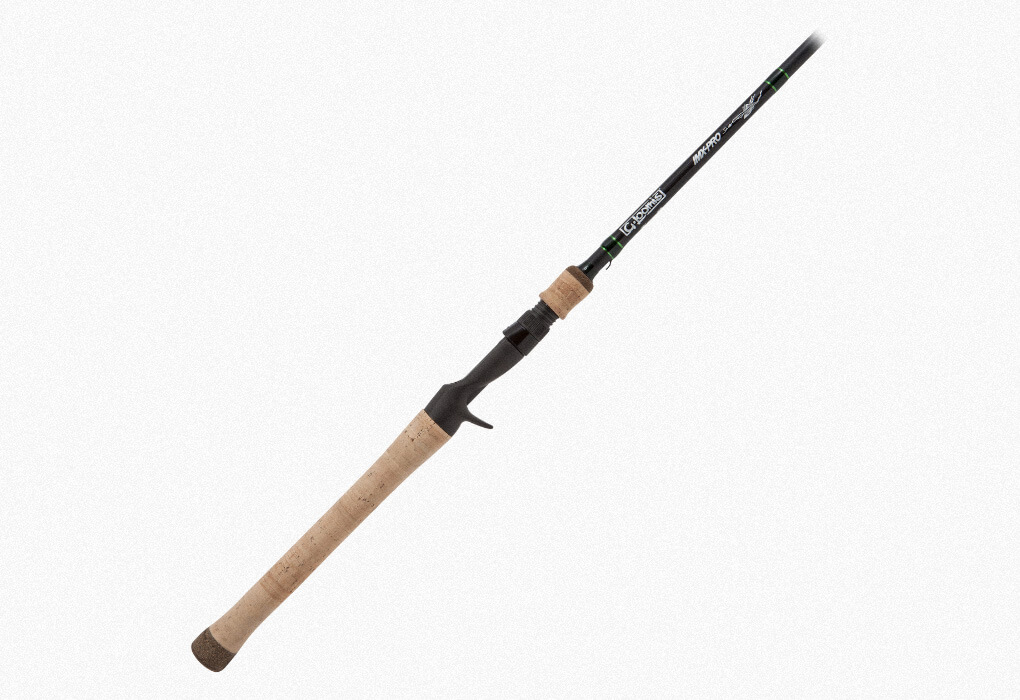
Specs
Pros
Cons
Why I Chose It
Here’s the exact rod you need if you want to feel every bite in 20+ feet of water – the tournament-proven G. Loomis IMX-Pro Bass Casting Rod.
G. Loomis’s IMX-Pro technology means that they are able to pack more graphite into a thinner rod by adding resin to the mixture.
The result? The lightest jigging rod I tested all week. It made a big difference at the end of a long day of working jigs.
During my testing with a Strike King Bitsy Flip Jig, I could feel bass pick it up on the bottom in over 20 feet of water.
The balance is incredible – no tip diving down too hard when you’re finesse fishing, yet there’s plenty of backbone when you need it. Many of my casts hit their target, whether I was flipping or pitching.
Available in 6’6″ and 7″ lengths, this rod shines where others fall short. You get two different handle options to customize your grip, and the rod is specifically tapered to reinforce common breaking points.
I’ll be upfront – at over $370, this is a pricey option.
But if you’re looking to take your jig fishing to tournament level, the G. Loomis IMX-Pro‘s sensitivity and lightweight design make it worth considering.
Best Budget: Abu Garcia Vengeance Casting Rod
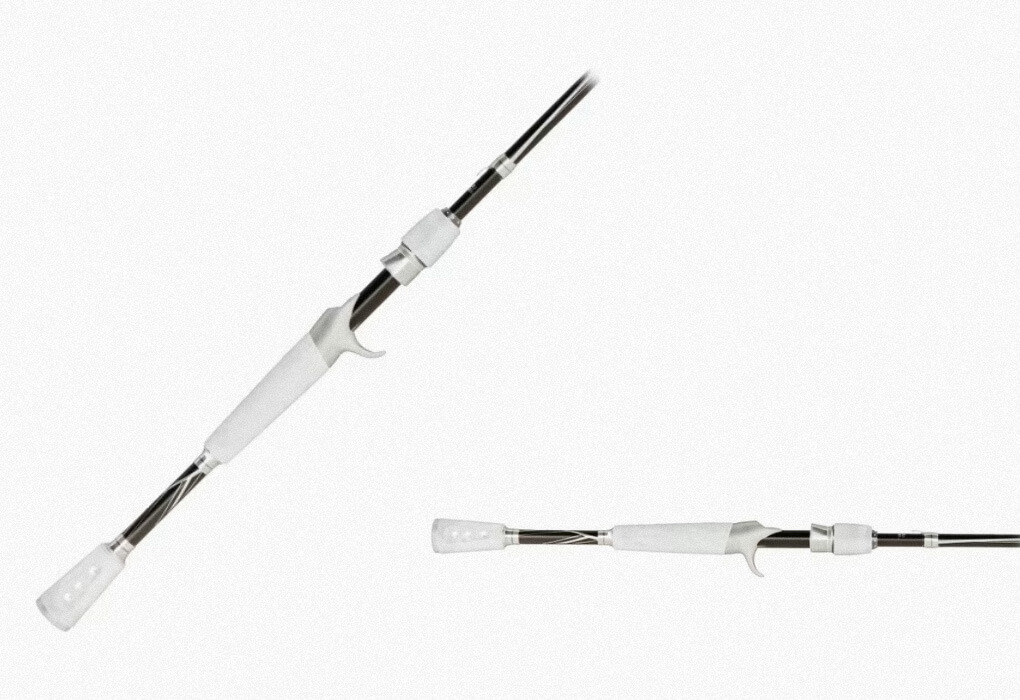
Specs
Pros
Cons
Why I Chose It
Yes, premium rods are worth it – but if you’re on a budget, I feel this sub-$70 Abu Garcia Vengeance deserves your attention.
Built on a 24-ton graphite blank, this rod offers impressive performance for its price point. While 24-ton graphite isn’t anywhere near what you get with high-end jigging rods, it’s significantly better than what you typically find in the $50 – $70 range.
The higher tonnage means a stiffer blank, which helps transmit those crucial vibrations through your rod.
During my test, I worked a Strike King J-Lee Comeback Jig along a bulkhead and managed to pick up two bass over two pounds.
The rod showed its colors here – I was able to boat-flip both fish without any strain, and the stiff backbone helped me set the hook and clear the fish from the bulkhead before they could tangle.
The split-grip design, made with top-notch foam material, felt comfortable in my hand and allowed for long casts. The trigger was smooth and fit perfectly between my fingers.
Note: The rod seems slightly tip-heavy. I found it performs best with jigs under 3 oz.
Available in multiple lengths (6.6″, 6.9″, 7″, and 7.6″), the Abu Garcia Vengeance delivers surprisingly good strength, comfort, and sensitivity.
If you’re looking for even more backbone, consider spending an extra $20 for the Abu Garcia Vendetta with its 30-ton blank.
Best for Heavy Cover: Cashion ICON Casting Rod
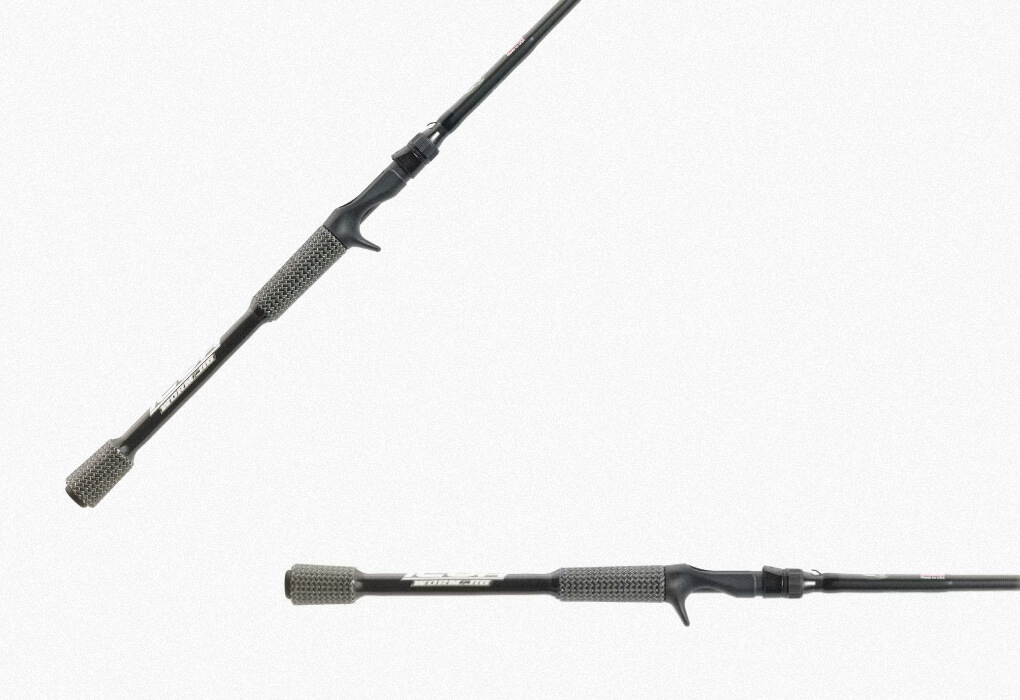
Specs
Pros
Cons
Why I Chose It
Think fishing heavy cover is a gear killer? The Cashion ICON Casting Rod just changed my mind about ‘junk’ fishing.
I’ll admit, I was a rookie when it came to the Cashion brand, but this 7′ rod specifically designed to jig baits surprised me. Built with carbon fiber (a ribbon-like form of graphite), it’s significantly stronger than 100% graphite blanks.
Here in Louisiana, when the heat pushes bass into what I call “junk” – that nasty, heavy cover on the bottom – you need a rod that can handle the abuse.
While testing the ICON, I flipped a weedless Chompers Eraser Jig into some seriously gnarly stuff. That’s when things got interesting.
I felt the slightest tick as a giant bass mouthed my jig. The hookset was solid, but I made the mistake of reaching for the net too soon and let the fish wrap around a log.
Even through sustained strain, tip pressure, and guide pressure, this rod held strong like a soldier.
After losing that fish (I’ll spare you the story), I got right back to it and pulled three bass out of submerged wood. The rod ripped them out quickly with minimal fuss. While it matches the Abu Garcia Vengeance in sensitivity, it’s clearly built for handling the heavy stuff.
The micro guides, while I found them super smooth for flipping, are so small you’ll need to run straight braid – no fluoro or mono leader-to-line knots here.
The Kevlar-wrapped grip stood out to me as it was highly sensitive and durable.
Overall, at nearly $250, the Cashion ICON is an investment. However, if you’re regularly battling bass in heavy cover, I think it’s worth the price.
Best Saltwater: St. Croix Victory Casting Rod
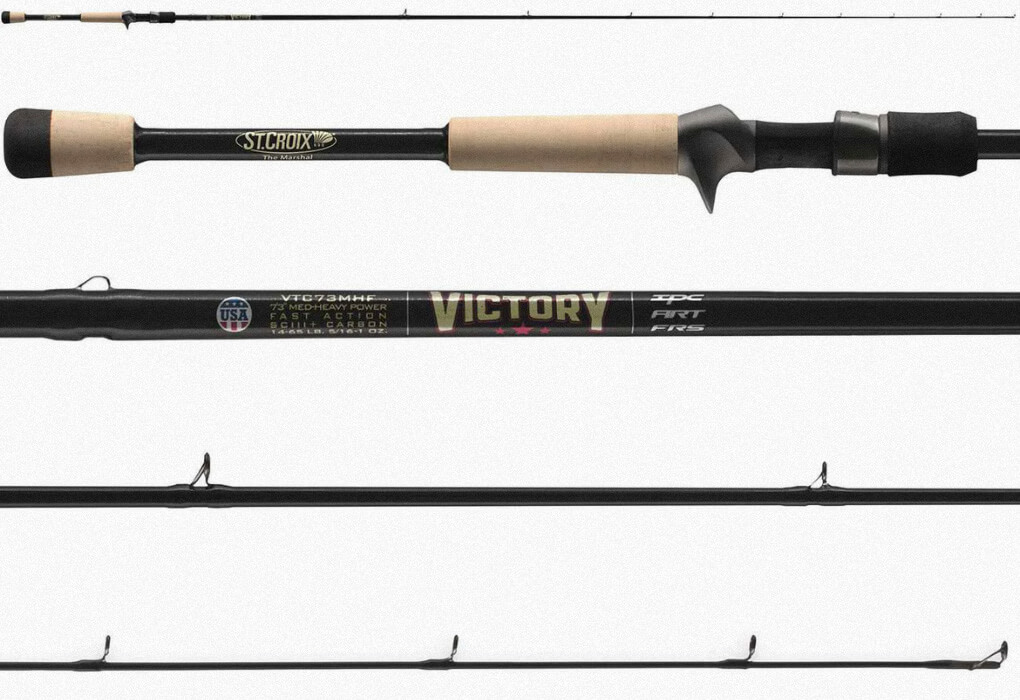
Specs
Pros
Cons
Why I Chose It
Most of my saltwater rods are St. Croix Rods. All of them had SCII Mid-modulus graphite which I considered strong (none of them broke while fishing).
But the St. Croix Victory Casting Rod‘s SCIII Carbon Fiber blank, coated with their Fortified Resin System, takes rod strength to a new level. No wonder they back it with a 15-year warranty.
The 7’6″ model is my favorite for saltwater because it can handle speckled trout, redfish, and other larger saltwater fish as well. I love to use it when jigging at the Trestles Train Bridge on Lake Pontchartrain.
Working a Matrix Shad on a ⅜ oz. jighead around those concrete pilings, I can fill a box with speckled trout.
What’s impressive is that this rod is very light – at just 4.3 oz, St. Croix has packed backbone into a slim rod. The low weight helps to avoid getting worn out during long days of jigging.
While it shares some qualities with my Best Overall pick (the 13 Fishing Envy III), the Victory edges ahead for saltwater use due to its longer rod options. Available from 6’8″ to 7’11”, you can match your rod to your specific fishing style.
Priced between $200 to $280, the St. Croix Victory is expensive.
However, with features like Fuji Concept “O” guides with deep-press inserts and Taper Enhancement Technology reinforcing common breaking points, it’s built to handle years of saltwater abuse.
Best Rod and Reel Combo: Abu Garcia Revo X
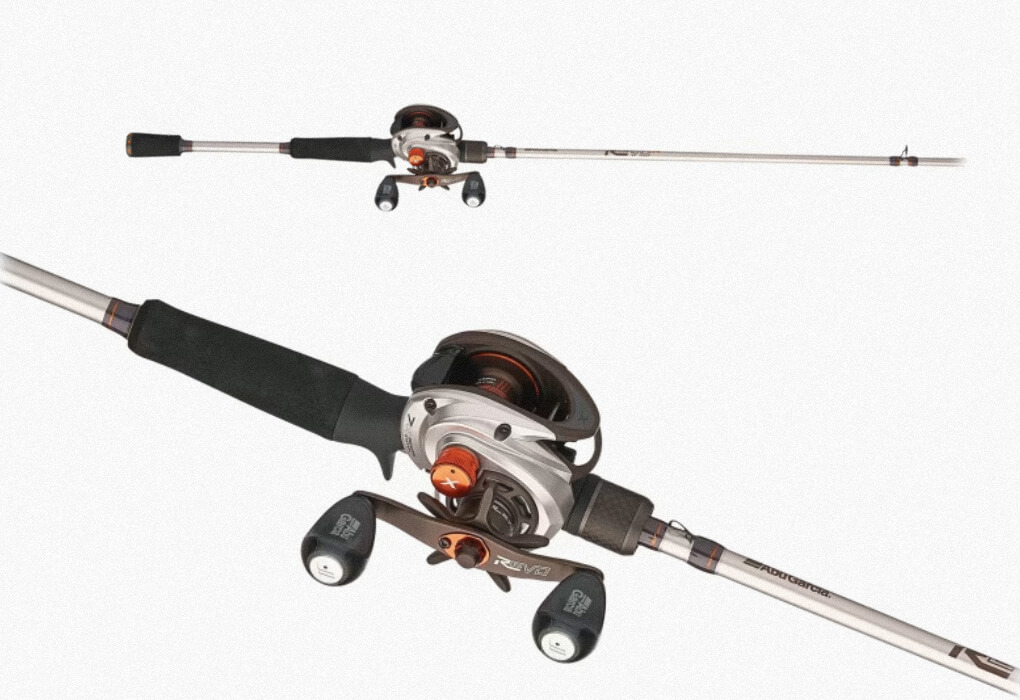
Specs
Pros
Cons
Why I Chose It
Why buy separately when $200 gets you the perfect jigging pair? Here’s what made the Abu Garcia Revo X Baitcast Combo stand out.
The 7-foot Abu Garcia rod is built on a 30-ton graphite blank, giving you the backbone needed for heavy cover.
What I liked the most about it was the rod trigger which was perfectly placed and provided me with great control while allowing one finger to remain on the blank where the grip splits.
The EVA rubber grip stayed firm in my hand, never slipping while fighting fish or flipping into tight cover.
The only negative with the rod was that the guides were a little out of line. The first one was set slightly to the right of the rest of them.
Probably a manufacturer’s defect on the unit that I was using, but I thought it needed to be mentioned.
All said and done about the rod, the Revo5 X Baitcast Reel is the real star here. With 7 stainless steel bearings, it made every retrieve butter-smooth.
At just 7.9 oz for the whole setup, it’s the lightest jigging combo I tested all week.
I fished for over three hours with it and I could go all day with the 2oz. jig that I was using. In all, I landed five fish on three strikes with the biggest being a 2.6-pound bass.
Overall, I can say that this Abu Garcia Revo X setup is perfect whether you’re throwing swim jigs, flipping jigs, or football jigs.
It is comparable to the less expensive Abu Garcia Max STX Low Profile Combo but has a slight edge.
Methodology
During the five days of throwing swim jigs, flipping jigs, and football jigs I examined several rods for important qualities. Here are some parameters that I used to come up with this guide to choosing the best jig rods:
- Casting Accuracy: Great pitching control is a plus when jigging for bass. Jigging structure won’t produce fish if you get hung up in the very structure that you are trying to cast next to.
It’s important to choose a rod that excels in flipping jigs into the exact spot needed.
- Sensitivity: Jig fishing is the opposite of top-water fishing. Usually, you’re fishing in at least 8 feet of water and can’t see your lure on the bottom.
For this reason, rod sensitivity plays a huge role in letting you know when a bass picks up your jig.
- Action: Rod action is crucial when it comes to jigging. Does it have enough load in the tip to sling your jig underneath a dock?
Is it fast enough to set the hook quickly on a subtle bite? In my years of jigging for bass, I’ve learned that fishing with a rod with the wrong action can severely hurt your chances of catching bass.
- Handle and Grip: When it comes to working a jig on the bottom, there’s a lot of physical pressure that’s put on the handle. Having a well-built, comfortable handle that will stand the test of time is a must when selecting a jig rod.
- Hookup Percentage: When jigging for bass, setting the hook is only half the battle. After the fish is on, there’s still a good chance you’ll lose it on the way up.
Having a rod that keeps the fish hooked is one of the most important features to look at when deciding on what rod to choose for a jig rod.
How to Choose a Jigging Rod
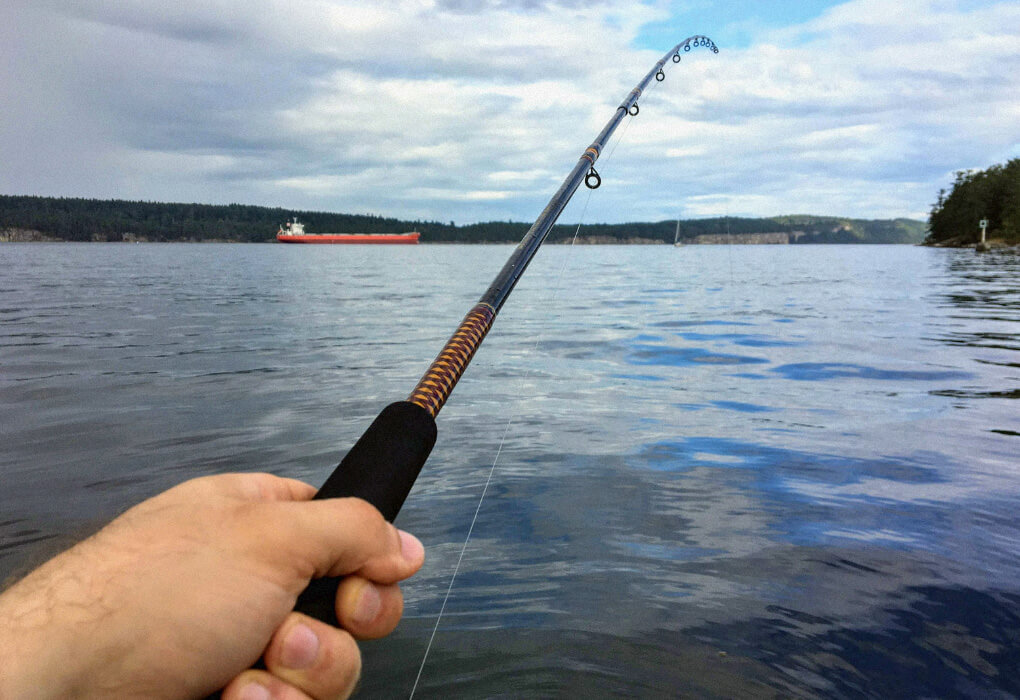
Some of the best professional fishermen will tell you, if you’re not using jigs, you’re severely hurting your chance to catch big fish. The fact is, big fish are on the bottom!
Sure, everybody likes to beat the bank looking for the shallow water blow-up on a frog, but if you take the time to work a football jig or flipping jig on the bottom with the right rod, it will affect the size of the fish you catch.
Jigging the bottom takes a little practice but it’s not that complicated if you know what to look for in a rod.
Length
Jigging is usually done at close distance to the shoreline or wharfs so rod length isn’t as important.
Long casts are not as important as they are when throwing swimbaits and cranks, so you’ll want to look at rods that are in the 6.9 to 7.2 range.
Plus, it’s safe to say that shorter rods are more accurate when casting jigs.
Power
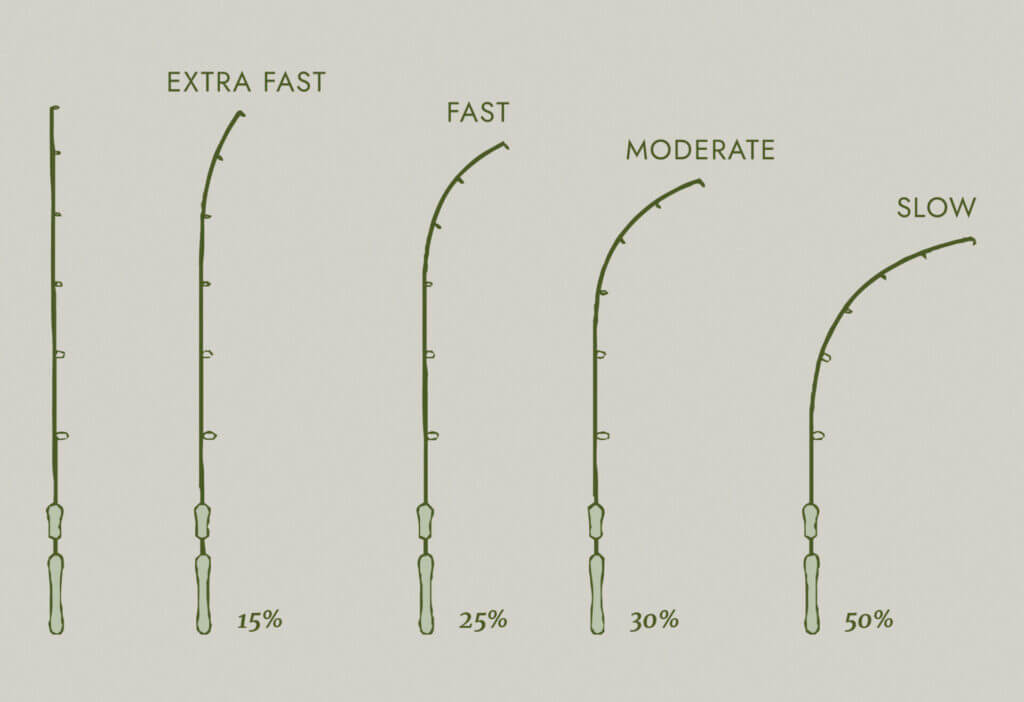
When using jigs, it’s arguable that the most important factor to consider is the power of the rod.
You can tell how much backbone a rod has by its power rating.
You want to look in the medium-heavy to heavy range when throwing jigs because you’ll need the rid to deliver a stiff hook-set and also the power comes in handy when fighting a big bass to the surface.
You have to remember one thing with jigging; it’s very physical even when you don’t hook a fish. You’re going to get snagged on structure so having a workhorse rod is very important.
Action
Rod action is important in the jigging world as well. You’ll want a fast-action rod because it will help you set the hook quicker.
A fast action rod also helps when jigging structure.
When that big fish hits you don’t want it wrapping the line around a dock piling so ripping that fish to the boat quickly can mean the difference in catching the fish or losing it.
Line Weight
When jigging, you’ll want to pick line that is 20lb test or above. In addition to hauling in big bass, heavy line will help you work through dense cover.
There’s no room for second-guessing after you set the hook on a bass and it makes a drag-pulling run!
Final Thoughts
Jigging can be very productive in terms of numbers, but more importantly, size. There are some really big bass caught every day by anglers who are jigging structure or jigging in deep water.
During my test at Old Egg Farm Lake I was able to try out plenty of different rods and came up with the above list that I’m sure will help you select your next jigging rod.
Let’s review our top pick. For the category of Best Overall Jigging Rod, I chose the 13 Fishing Envy III Casting Rod.
The rod excelled in all the categories that define a legendary jigging rod, including sensitivity, strength, and handle quality.
While the Envy III won overall, you really can’t go wrong with the other rods mentioned in this guide.
Give them a try and tell me what you think. I’d love to hear from you!

